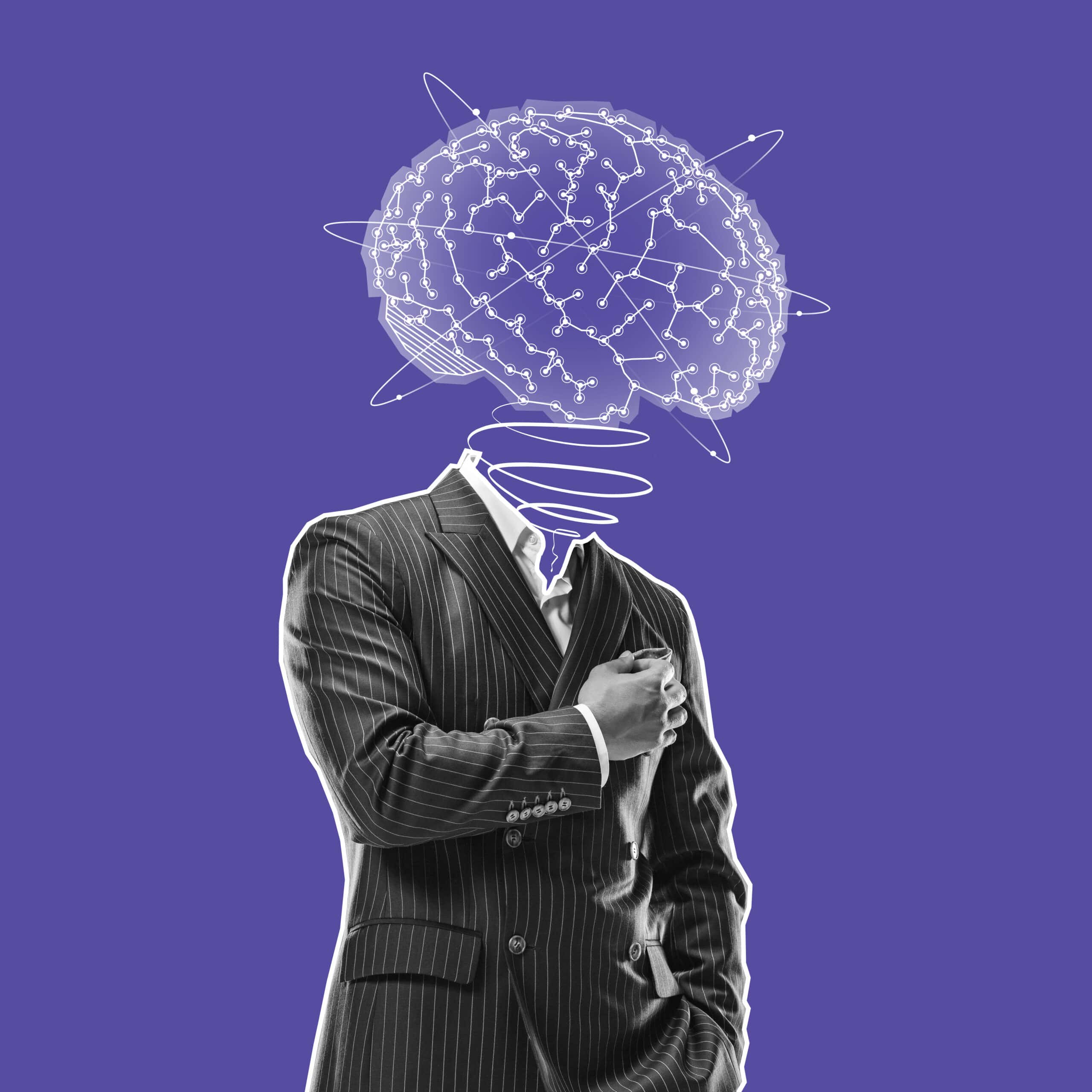How can you maximise knowledge transfer to achieve the highest level of success?
Successful digital transformation hinges on effective knowledge transfer between business experts and technical engineers.
Ensuring balanced expertise and seamless knowledge transition is difficult and a skilled activity that can make or break a transformation programme. It is crucial that we all know how to foster a learning environment, use diverse transfer methods, and build trust, which can boost innovation and operational efficiency.
Read this week’s feature article to master knowledge transfer and drive your digital transformation success! 🙌
This Week’s Top Reads:
-
-
- From stagnation to innovation: Make business model reinvention real
- Revamping Your Culture
- Every Project Needs a Firefighter, and Every Firefighter Needs an Arsonist
- How AI-enhanced data management enables more precise workflows
- The Critical Minutes After a Virtual Meeting That Can Build Up or Tear Down Teams
-
From stagnation to innovation: Make business model reinvention real
A practical guide for reimagining how your company creates, delivers, and captures value.
Article featured in Strategy + Business
Ready or not, today’s organizations are entering a new era characterized by a whirlwind of technological disruption, climate change, social instability, and other long-term megatrends. Some CEOs will look back at the next few years as a formative time when they learned to adapt—and thrive—by radically transforming how they create, deliver, and capture value.
Others will see their companies fall behind rivals, destined to play a frustrating game of catch-up. And some will inevitably look back and wonder how their once-thriving organizations became the answers to business trivia questions.
Hyperbolic? Consider that 52% of the companies that were listed on the Fortune 500 in 2003 have since gone bankrupt, been acquired, or otherwise ceased to exist. And that 45% of respondents in PwC’s most recent Global CEO Survey said their company won’t be viable in ten years if it sticks to its current path. Finally, consider the wholesale industry reconfiguration necessary to avoid the otherwise irreversible effects of climate change.
If “culture eats strategy for breakfast”, according to Peter Drucker, what can we do to stop this? Can we somehow turn culture into something that doesn’t just leave our strategy intact, but actually supports and reinforces it?
The good news is that you can, indeed, positively influence your culture and steer it in a direction that is more compatible with your vision, mission and strategy. It won’t always be easy or straightforward. It does require awareness, alertness, and skill. But, when done well, you will find that a revamped culture doesn’t just not eat your strategy, it will amplify and strengthen it, and serve it up as an appetising banquet for everyone in your organisation.
Cultures evolve around the successes of its members. To put it simply: rules and behaviours that lead to success are kept, embedded and passed on; rules and behaviours that do the opposite are turned into prohibitions, inhibitions and taboos.
There is not much point in trying to change any of a culture’s rules and behaviours if the collective beliefs about what success looks like stay the same. People may try to follow the rules and behaviours their management dictates, but they will judge the usefulness of those dictates by the success-criteria embedded in the corporate culture. If the dictates don’t align with the internalised success-criteria of the culture, the cultural rules win.
Every Project Needs a Firefighter, and Every Firefighter Needs an Arsonist
Effective architecture practices can help companies prevent fires from being started by establishing objective criteria for decision-making, clarifying decision-making authority, and eliminating the delegation of responsibility without authority.
Article featured in Architecture and Governance
I recently participated in five episodes of the Agile Thoughts podcast with host Lance Kind and his guest Adam Tornhill, author of Your Code as a Crime Scene. Our conversation covered topics ranging from the economics of software quality to the relationship between code problems and people problems.
A key technique Adam uses to find bad code is to identify hotspots, modules of code that change frequently. He cited multiple sources of research supporting his assertion that frequent changes to complex code predict declining quality (Tornhill, 2024). The “crime scene” metaphor of Adam’s book intrigued me because it aligns nicely with two key roles I always see on out-of-control software projects, the firefighter and the arsonist.
During our discussion I noted that often product quality problems are people problems because the way we work often rewards the wrong behaviors. Just like we can identify hotspots in code, we can identify hotspots in the organization. We typically call them “firefighters”. You know, the people solve urgent problems, “save the day” with key customers, and receive lots of visibility and praise in internal company communications. They are frequently well compensated. Very well compensated.
How AI-enhanced data management enables more precise workflows
do you have a solid data foundation? Do you have the right strategy to manage data? Is your current approach incorporating AI?
Article featured in Data Science Central
By 2025, the world will generate 181 zettabytes of data (that’s like streaming Netflix continuously for 36 million years!)
This data boom isn’t confined to business sectors—it permeates every facet of our lives. From healthcare and banking to financial services, businesses are bombarded with data yet unaware of how to extract consumer insights, manage data, and make informed decisions. This is where AI steps up, giving back the charge to businesses with automated data management tools. From data collection to analysis, AI simplifies modern-age data management complexities, making the process much faster.
In the following section, we’ll expand on the notion, delving into the fundamentals of data management, how AI impacts and augments your approach, and the best practices guiding your way to transform into an AI-enhanced data powerhouse.
The Critical Minutes After a Virtual Meeting That Can Build Up or Tear Down Teams
Weak communication and misunderstandings during virtual meetings can give way to resentment and rifts when the cameras turn off.
Article featured in Working Knowledge
Virtual meetings have become the standard for global and hybrid team communication, but what happens when the call ends? Participants who are in the same room keep talking—and the tone of those conversations can dramatically impact team dynamics over time, says new research.
Think of the Zoom screen or the conference call as a theater, says Harvard Business School Professor Leslie Perlow, building on the foundational work of sociologist Erving Goffman. “You’re on the frontstage, and that’s for all the world to see,” she says. “And then there’s the behind the scenes, where you take off the mask, and what do you unveil?”
In studying backstage interactions among employees working for a global company in the United States and China, Perlow found that team members in the two locations often interpreted what happened on the frontstage differently. If not managed correctly, this disconnect can lead to misunderstandings and discord that can damage working relationships, she says.
Article featured in Carrot Connect
Introduction:
At Carrot Connect, we understand first-hand the pivotal role of effective knowledge transfer in digital transformation.
This aspect is crucial in ensuring that technical teams clearly communicate and understand business objectives, leading to innovative and efficient solutions. As part of our thought leadership series, we share insights on balancing and maximising the success of complex digital transformation programs through optimised knowledge transfer.
Structured Knowledge Transfer Plans
A well-defined plan is the heart of effective knowledge transfer (KT). When implemented correctly, this plan is the foundation for successful knowledge transfer and guides organisational growth and development.
The plan should identify key knowledge areas, outline the roles of knowledge givers and receivers, establish precise methods and timelines, and serve as a roadmap. Structured KT plans act as a roadmap, ensuring systematic and measurable knowledge transfer and guiding the way to success.
THE DIGITAL EYE
I hope these articles are valuable.
I am passionate about technology, and I want to share that passion with you. I believe that it’s essential for everyone to stay up-to-date on the latest trends, so I’ve set out to cover all aspects of the industry – from data analytics to blockchain and AI.
Please let me know if you want to see any other topics covered, and I would appreciate your help sharing this blog with others who may be interested.








